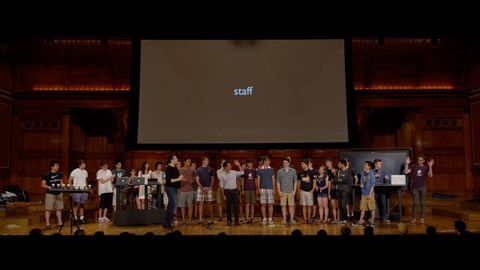第0周 (Week 0)
Mickey Fly 發佈於 2021 年 01 月 14 日  沒有此條件下的單字
沒有此條件下的單字US /ˈʌltəmɪtli/
・
UK /ˈʌltɪmətli/
US /ˈɔdiəns/
・
UK /ˈɔ:diəns/
US /ˈɪnstəns/
・
UK /'ɪnstəns/
- n. (c./u.)例證;實例;事件;實例 (電腦)
- v.t.例
- phr.應…的要求
US /ˌrɛprɪˈzɛnt/
・
UK /ˌreprɪ'zent/
- v.t.具象派的;象徵;表示;代表(政府機關);當...代表

